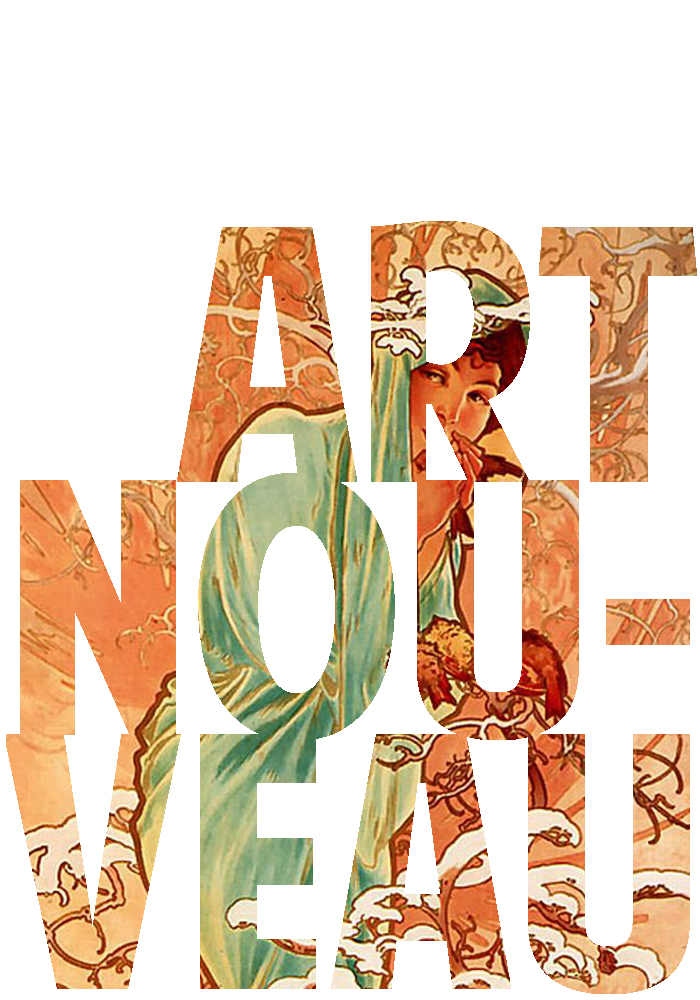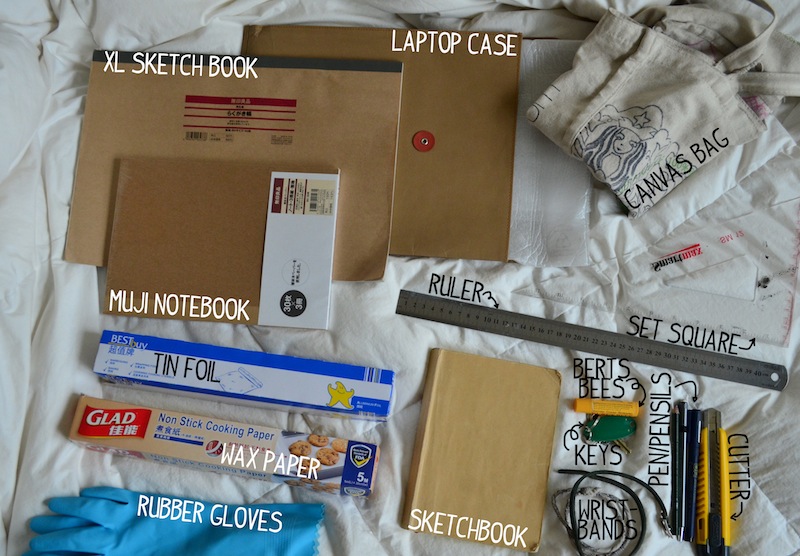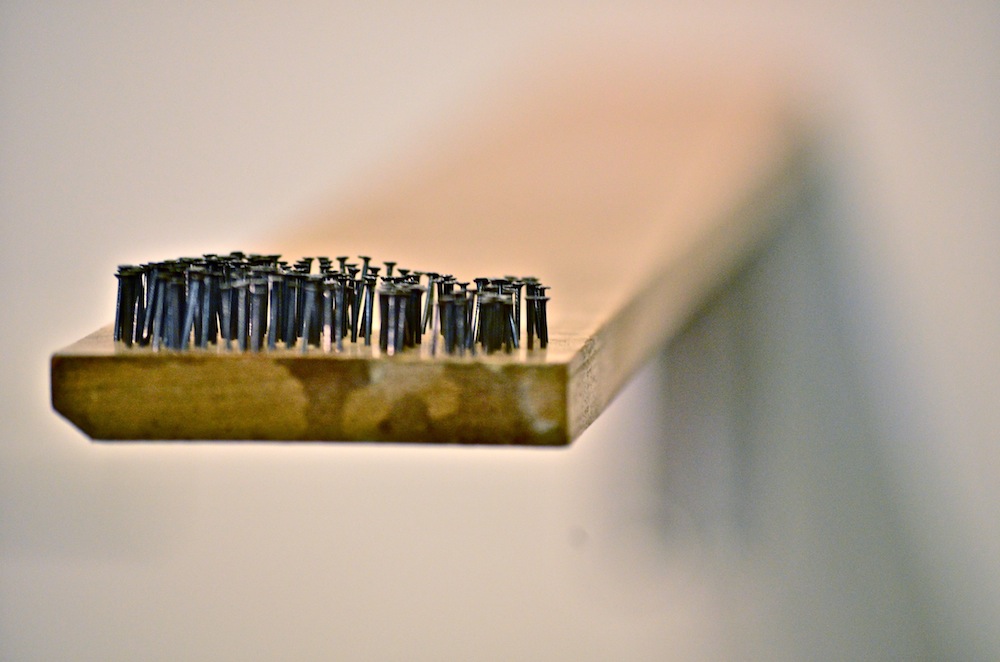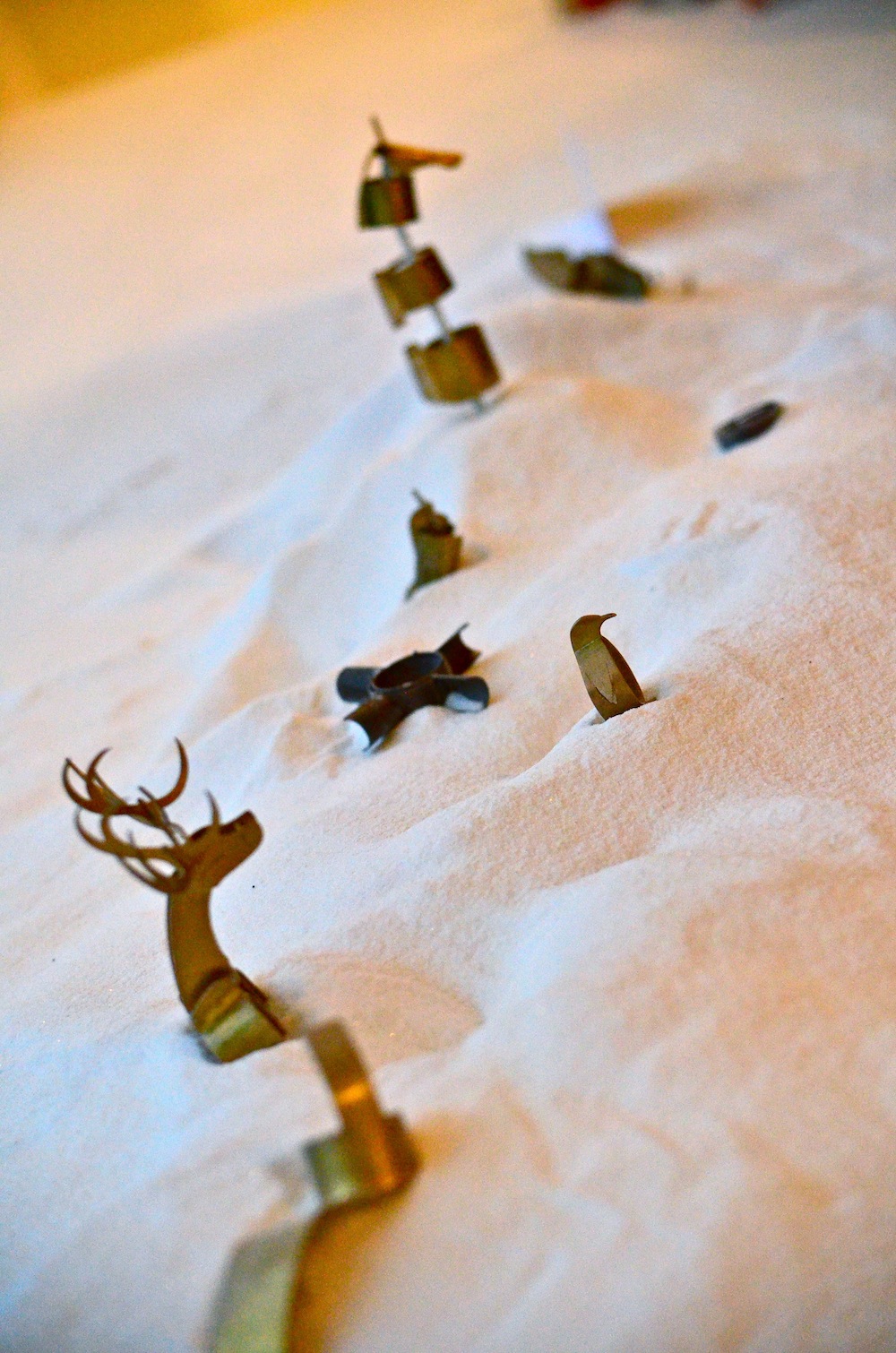This week, one of my friends asked me to take a look at a blog post she found inspiring. The work displayed was an array of paper jewels-a giant installation made of paper. I agree, the work that she showed me was really inspiring. I really enjoyed the work of Kristen Hassenfeld and decided to try something inspired from her work. This project is very manageable-only taking me one hour to fully complete. I wanted to use some of the printed photos I had lying around, so I tried to re-create a jewel-like-lantern with them.
Here is my product and below are the instructions:

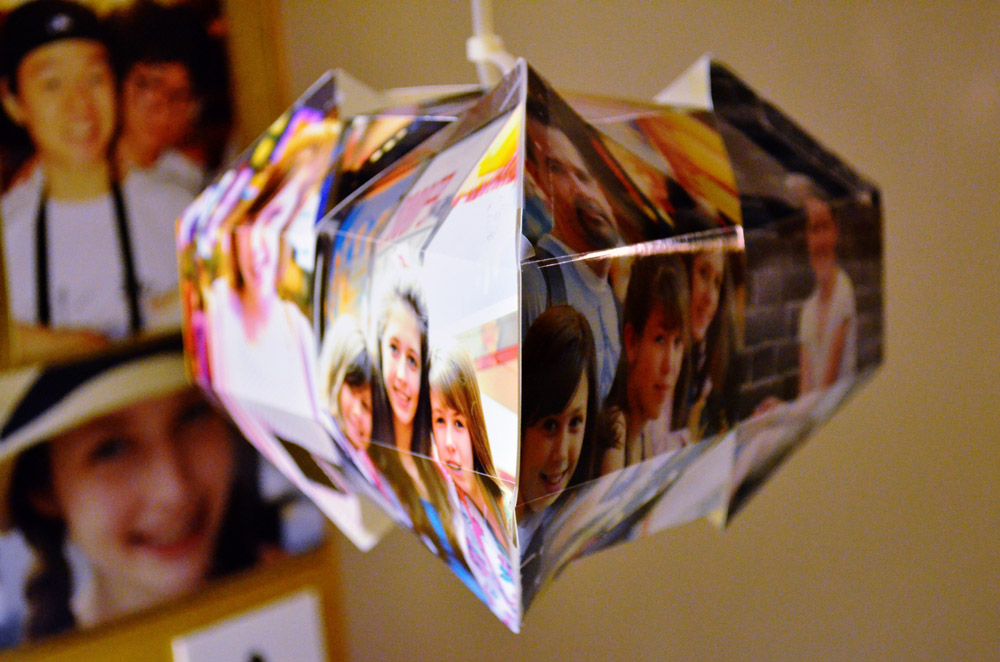
And here is how I did it:
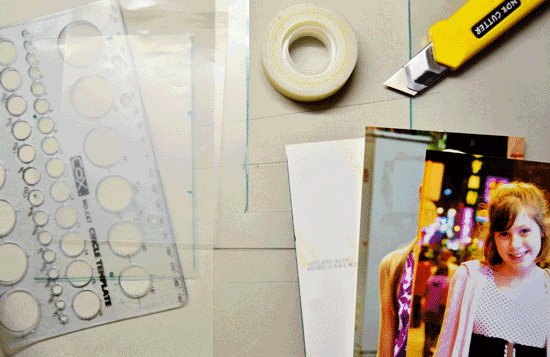
Instructions:
1. Get your supplies. You will need a cutter, ruler, cutting board, tape, laminate paper, string and a marker. (and of course your photos)
2. Cut your laminate paper into a pattern that you will duplicate onto the pictures. I used a hexagon shape.
3. With the pattern cut all of your pictures. Perforate two lines onto the photo (making sure you do not cut all the way through), so that you get a place to fold the picture.
4. Tape all of the flat sides of the hexagons together, making a cylinder of hexagons.
5. Start taping the angled sides together. (Make sure to tape two together, then skip one and tape the next two together-and so on-refer to the above).
6. Take the triangle pieces that you cut off of the hexagons and tape the longest sides together.
7. Tape these into the remaining gaps between your hexagons.
8. Finish by taping these smaller triangles together at their tips.
9. Use string to hang.



